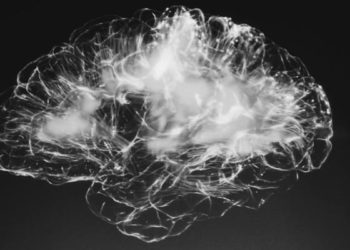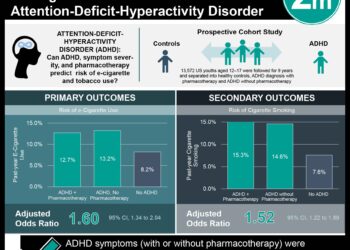Use of questionnaires and tools to assess suicide risk in adolescents in the Emergency Department
1. The ASQ and CASSY perform similarly in adolescents for predicting suicidal attempts (SA) and hospital visits for suicide-related events (SRE), occurring in a 3-month follow-up period after an index hospital visit for SRE.
Evidence Rating Level: 2 (Good)
Study Rundown: The increasing rates of suicide-related events (SRE) in adolescents, such as suicidal ideation (SI) and suicide attempts (SA), drives the need for appropriate tools to assess suicidal risk. Additionally, youth who completed suicide have been found to present to ED at a rate 7 times higher than living controls, in the preceding month. Two questionnaires that were developed include the Ask Suicide-Screening Questions (ASQ) and the Computerized Adaptive Screen for Suicidal Youth (CASSY). The ASQ was created to screen for SI risk in the present, though studies have shown its validity in predicting suicidal behaviour, whereas the CASSY was developed for the purpose of predicting suicidality. This current prospective study aimed to compare the performance of these two questionnaires in the primary outcome of predicting SAs, the secondary outcome of hospital visits for an SRE, and to assess its predictive value in Black and Hispanic youth in comparison to White youth. This was a multicentre study with a geographically and ethnically diverse population, consisting of 15 EDs in the USA, though primarily from academic centres. Adolescents completed an ASQ and CASSY in the ED, with a follow-up interview 3 months later. Overall, the results demonstrated that the ASQ and CASSY had similar sensitivity, specificity, positive and negative predictive value, and similar performance for Black, Hispanic, and White youths. However, the CASSY had better predictive value among patients with psychiatric symptoms.
Click here to read this article in JAMA Network Open
Relevant Reading: Variation in patterns of health care before suicide: A population case-control study
In-Depth [prospective cohort]: The study population consisted of 2740 adolescents who completed both baseline and follow-up evaluations, with 62.2% girls and 59.1% White youths. The ASQ comprises of 4 yes-no questions that evaluate recent SI, burdensomeness, and lifetime suicidal history, with a “yes” response leading to a positive screening. The CASSY is a computerized adaptive test that draws from 72 items assessing numerous risk and protective factors for suicidality, with a mean of 11 items administered per participant, and always including 3 ASQ items. The follow-up interview assessed for SA and hospital visits for SRE in the 3-month period, through adolescent or parent report. The results generally demonstrated no significant differences in predicting SA between the ASQ and CASSY, with regards to sensitivity (0.951 [95% CI 0.918-0.984] vs 0.945 [95% CI 0.910-0.980]), specificity (0.588 [95% CI 0.569-0.607] vs 0.643 [95% CI 0.625-0.662]), positive predictive value (0.127 [95% CI 0.109-0.146] vs 0.144 [95% CI 0.123-0.165]), and negative predictive value (0.995 [95% CI 0.991-0.998] for both). These results were similar for predicting SRE as well. With regards to area under the receiver operating characteristic (AUROC) curve results, the CASSY had similar AUROCs to the ASQ amongst Black, Hispanic, and White youths, but significantly higher AUROCs when patients presented with psychiatric chief symptoms (0.724 [95% CI 0.681-0.767] for CASSY vs 0.568 [95% CI 0.547-0.588] for ASQ, p < 0.001). Overall, this study demonstrated that similar predictive performance between the ASQ and CASSY, for SAs and SRE hospital visits at 3 months following index presentation to ER.
Image: PD
©2023 2 Minute Medicine, Inc. All rights reserved. No works may be reproduced without expressed written consent from 2 Minute Medicine, Inc. Inquire about licensing here. No article should be construed as medical advice and is not intended as such by the authors or by 2 Minute Medicine, Inc.







